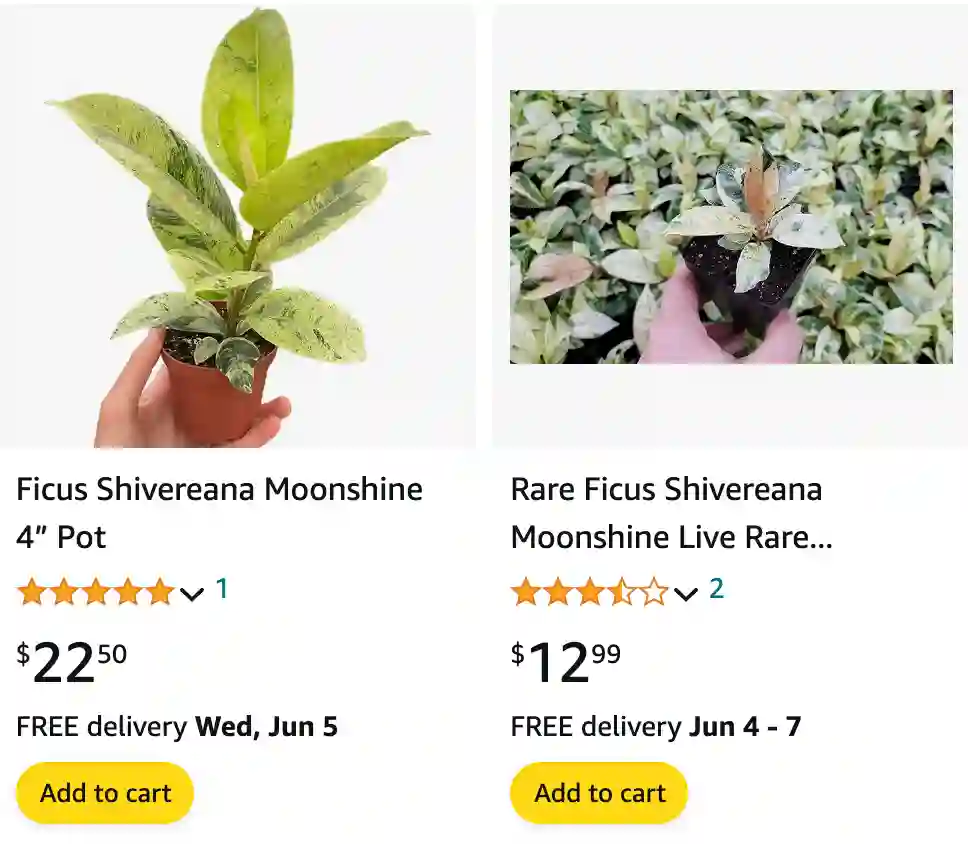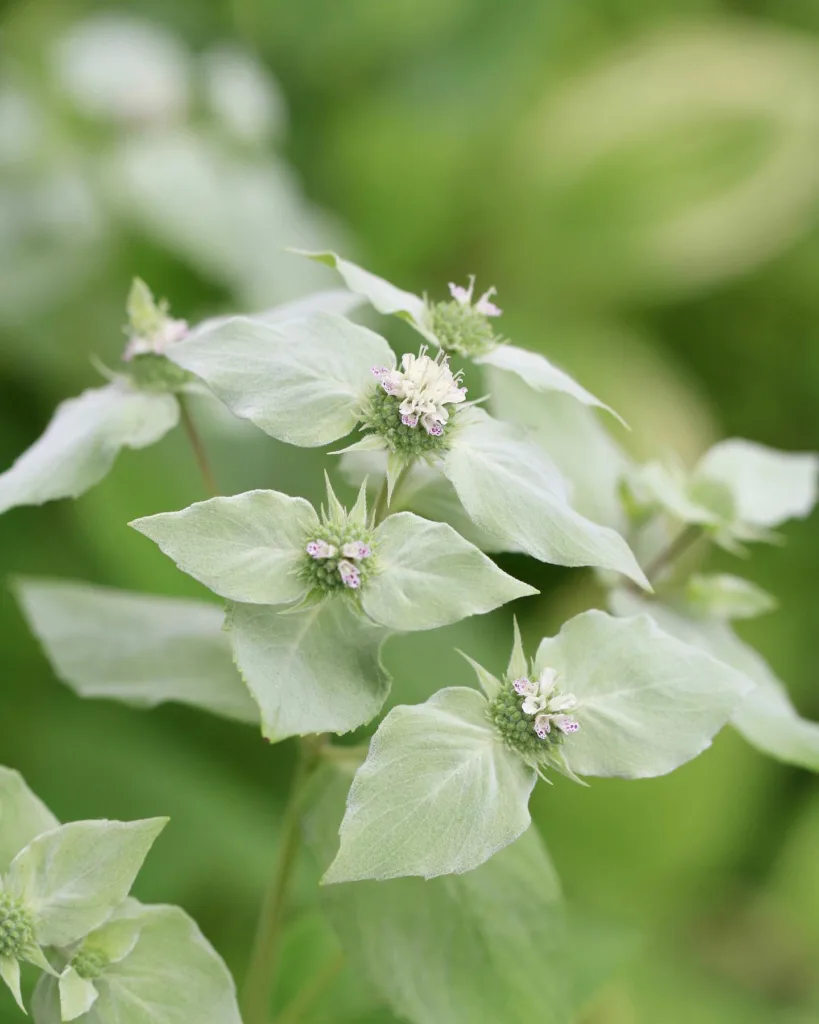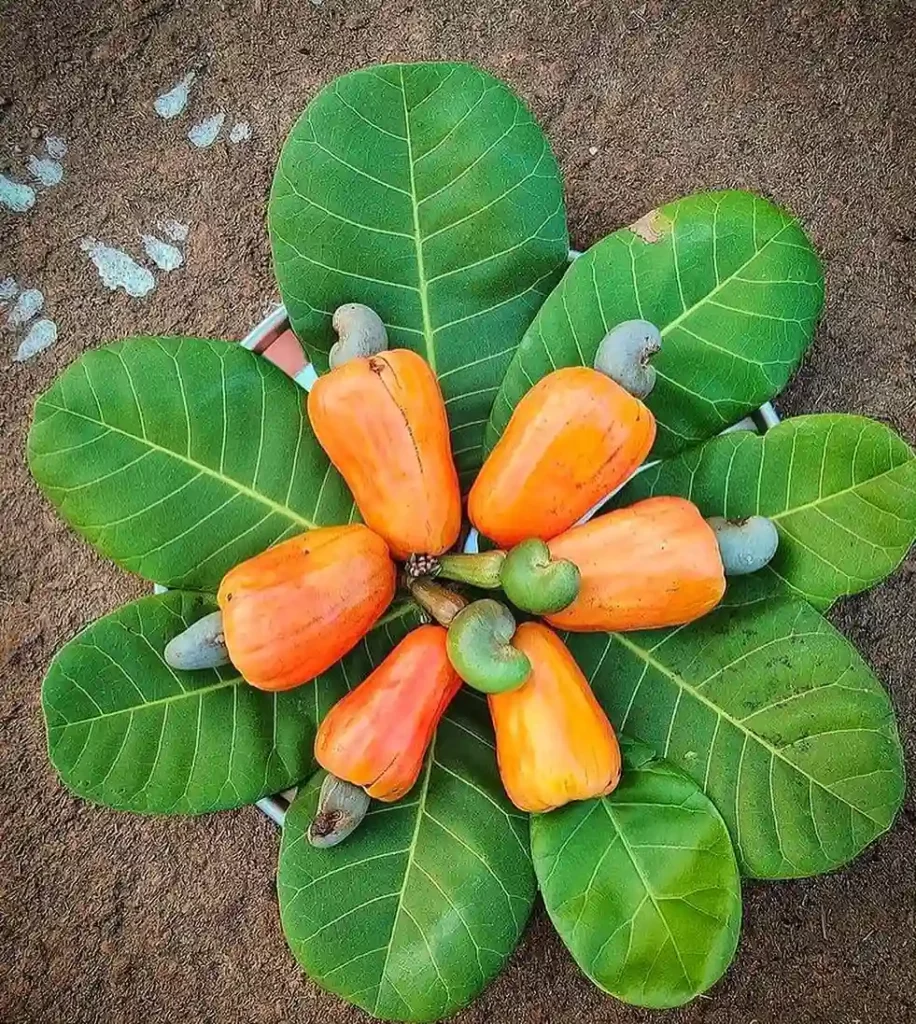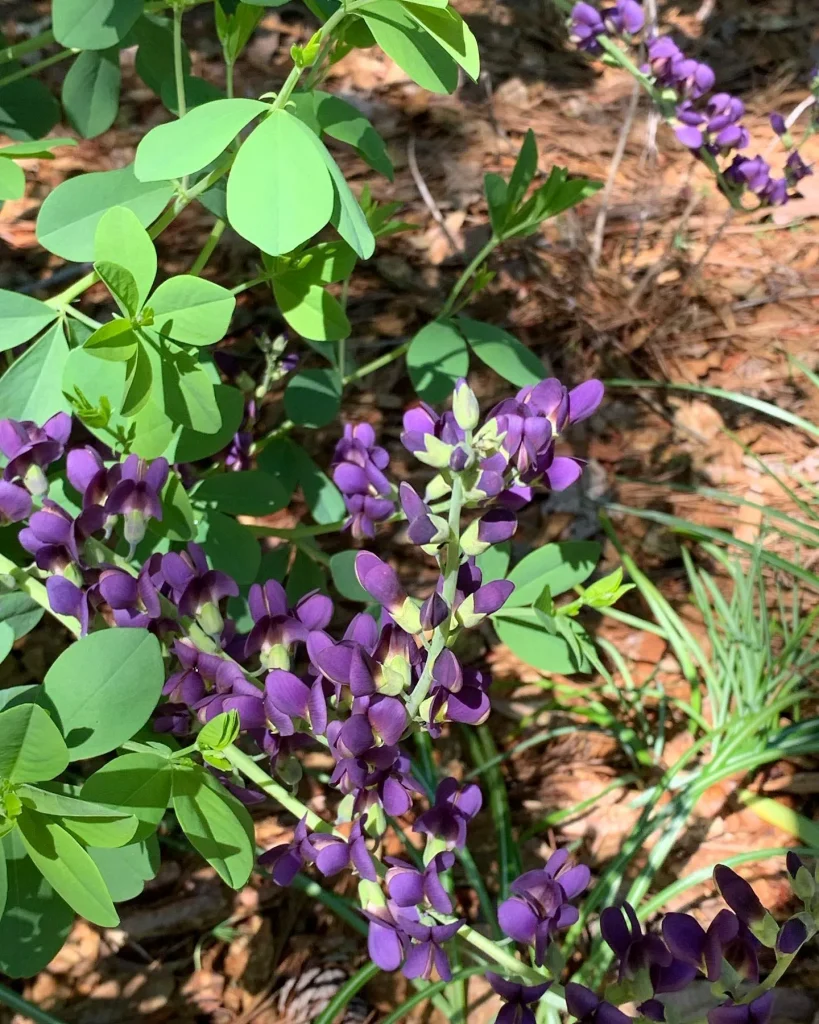
My Journey with Ficus Shivereana
Hello, fellow plant enthusiasts! My name is Ferb Vu, and I am excited to share my experience with a beautiful and unique plant known as the Ficus Shivereana. This particular ficus variety has captivated my attention and heart with its stunning foliage and manageable care requirements. Let me take you through my journey with this lovely plant and answer some common questions you might have.
880 Species in Genus Ficus
What is Ficus Shivereana?
Ficus Shivereana is a rare and attractive houseplant known for its striking variegated leaves. The foliage features a mesmerizing mix of green, cream, and sometimes pink hues, creating an eye-catching display in any indoor space. This plant belongs to the Moraceae family, which includes other popular ficus varieties such as the Fiddle Leaf Fig and Rubber Plant. The Ficus Shivereana stands out for its unique coloration and relatively compact growth habit, making it a perfect choice for plant enthusiasts looking to add a touch of elegance to their collection.
Ficus Shivereana vs Moonshine
I found Ficus Shivereana to have a more striking and intricate leaf pattern compared to Ficus Shivereana Moonshine, which felt more subdued but still elegant in its silvery hues.
How to Care for Ficus Shivereana?
When I first got my Ficus Shivereana, its intricate leaf patterns drew me in with their unique silver veins, but caring for it required more attention compared to my hardy Ficus Shivereana Moonshine, which has been more forgiving in terms of watering and light needs.
Light Requirements
Ficus Shivereana thrives in bright, indirect light. Direct sunlight can scorch its delicate leaves, so it’s best to place it near a window with filtered light or in a room that receives plenty of natural light. If natural light is insufficient, you can supplement it with grow lights to ensure the plant gets the illumination it needs.
Watering
Proper watering is crucial for the health of your Ficus Shivereana. Allow the top inch of the soil to dry out between waterings to prevent overwatering, which can lead to root rot. Water the plant thoroughly, allowing excess water to drain out of the pot. During the growing season, you might need to water more frequently, while in winter, you can reduce the watering frequency.
Humidity and Temperature
Ficus Shivereana prefers a humid environment, similar to its tropical origins. If your home has dry air, especially during winter, consider using a humidifier or placing a tray of water near the plant to increase humidity levels. This plant thrives in temperatures between 65°F and 75°F (18°C – 24°C). Avoid exposing it to cold drafts or sudden temperature changes.
Soil and Fertilization
Use a well-draining potting mix, ideally one formulated for indoor plants, to ensure your Ficus Shivereana’s roots don’t sit in water. Fertilize the plant during the growing season (spring and summer) with a balanced, water-soluble fertilizer every 4-6 weeks. Reduce feeding in the fall and winter when the plant’s growth slows down.
How to Propagate Ficus Shivereana?
Propagating Ficus Shivereana can be a rewarding experience, allowing you to share this beautiful plant with friends or expand your collection. Here’s how you can do it:
Stem Cuttings
The most common method of propagation is through stem cuttings. Choose a healthy stem with at least one node (the point where leaves attach to the stem) and cut it just below the node. Remove the lower leaves, leaving a few at the top. Place the cutting in water or a moist potting mix, ensuring the node is submerged. Keep the cutting in a warm, humid environment with bright, indirect light. Roots should develop in a few weeks, and once they are a few inches long, you can transplant the cutting into a pot with soil.
What Problems Might Occur with Ficus Shivereana?
Even with the best care, you might encounter some issues with your Ficus Shivereana. Here are a few common problems and how to address them:
Yellowing Leaves
Yellow leaves can be a sign of overwatering, underwatering, or a lack of nutrients. Check your watering schedule and adjust as needed. Ensure the plant is not sitting in waterlogged soil, and consider feeding it with a balanced fertilizer if nutrient deficiency is suspected.
Leaf Drop
Leaf drop can occur due to sudden changes in the environment, such as moving the plant to a new location or exposure to drafts. Ensure the plant is in a stable environment with consistent temperature and humidity levels.
Pests
Like many houseplants, Ficus Shivereana can be susceptible to pests such as spider mites, mealybugs, and scale. Regularly inspect your plant for any signs of pests and treat infestations promptly with insecticidal soap or neem oil.
What to Plant with Ficus Shivereana?
When planning your indoor garden, consider pairing Ficus Shivereana with other plants that have similar care requirements. Some great companions include:
Monstera Deliciosa
Both plants thrive in bright, indirect light and high humidity, making them perfect partners in an indoor jungle.
Philodendron
With similar light and water needs, philodendrons can complement the variegated foliage of Ficus Shivereana beautifully.
Pothos
Pothos is another easy-to-care-for plant that can add variety to your indoor garden while requiring similar care conditions.
Why Choose Ficus Shivereana?
Adding a Ficus Shivereana to your plant collection brings a touch of elegance and uniqueness. Its stunning variegated leaves can brighten up any space, and its relatively low-maintenance care requirements make it accessible even for novice plant parents. Whether you’re an experienced gardener or just starting your indoor plant journey, the Ficus Shivereana is a wonderful addition that will bring joy and beauty to your home.
In conclusion, my journey with Ficus Shivereana has been incredibly rewarding. With the right care and attention, this plant can thrive and become a standout piece in your indoor garden. I hope my experiences and tips help you successfully grow and enjoy this wonderful plant as much as I do. Happy planting!
If i die, water my plants!



